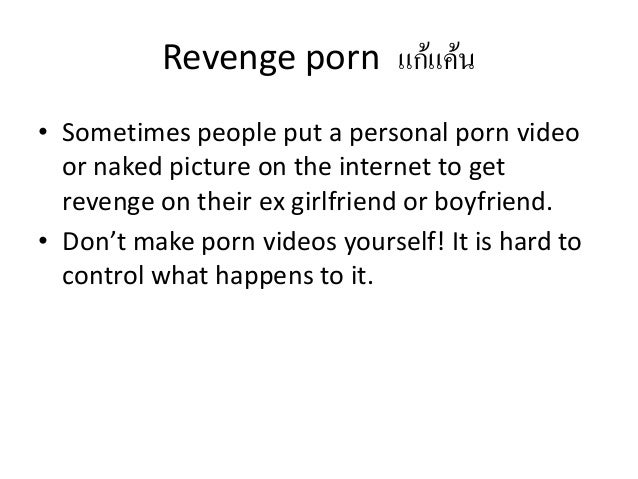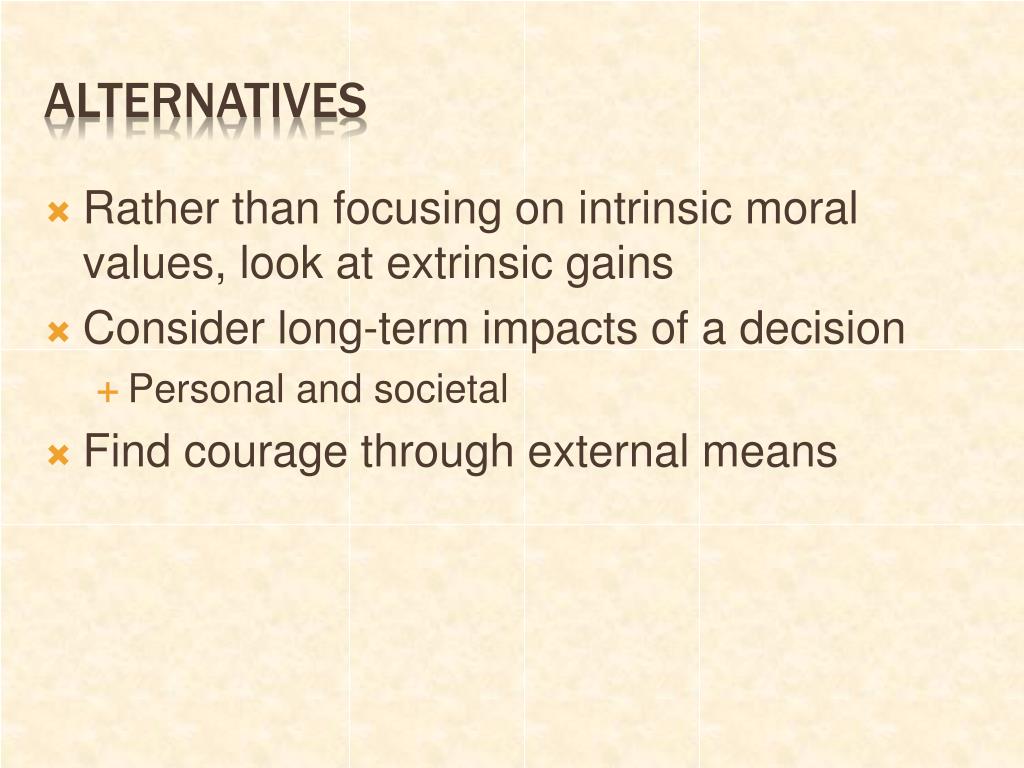



IAT Neuroimaging Phallometry Sexual deviance Sexual offending VRT. The assessment of deviant sexual fantasy and interests is an important component in sex. New approaches, currently being developed, potentially allow a better understanding of underlying processes and, when sufficiently mature, will be more therapeutically useful. For example, DSM-III-R states that, Paraphilias involving another person, particularly Voyeurism, Exhibitionism, Frotteurism, Pedophilia, and Sexual Sadism, often lead to arrest and incarceration. Existing assessment technologies, despite their limitations, allow professionals to assess offense-related sexual deviance. Second, sexual crime is framed as a common outcome of sexual deviance. It is a paraphilia, a condition in which a person's sexual arousal and gratification depends on objects, activities, or even. Conditions that affect or damage areas of your brain that control sexual behavior. High levels or overactivity of certain chemicals in your brain called neurotransmitters (dopamine, norepinephrine and serotonin) might result in increased sexual desire and behavior. The final approach, assessment through neuroimaging, is at the earliest stage of development with research findings having yet to reach sufficient stability for clinical application. Pedophilia is an ongoing sexual attraction to pre-pubertal children. Imbalance of mood chemicals in your brain. This approach has however begun to map the earlier stages of sexual response including preconscious processes. As such, a range of sexual preferences, desires and behaviours have been pathologised (and also de-pathologised) in an attempt to distinguish mental disorders (often labelled perversions, deviations and paraphilias) from what have been seen as immoral, unethical or illegal activity (De Block and Adriaens 2013 ). One approach, the use of cognitive tasks to indirectly assess sexual deviance, is approaching the point where it has a sound research basis for clinical use though too many promising tasks have yet to make the transition from laboratory to clinical practice. Two of these approaches, structured rating scales and phallometry, have a sufficient basis in research for clinical use but have undergone significant refinements in recent years. Compulsive sexual behavior, otherwise known as sexual addiction, is an emerging psychiatric disorder that has significant medical and psychiatric consequences. They believe that it is one thing to define a sexual. This paper reviews recent research into four different approaches to the assessment of offense-related sexual deviance. Some philosophers of sexuality carry out conceptual analysis and the study of sexual ethics separately.


 0 kommentar(er)
0 kommentar(er)
